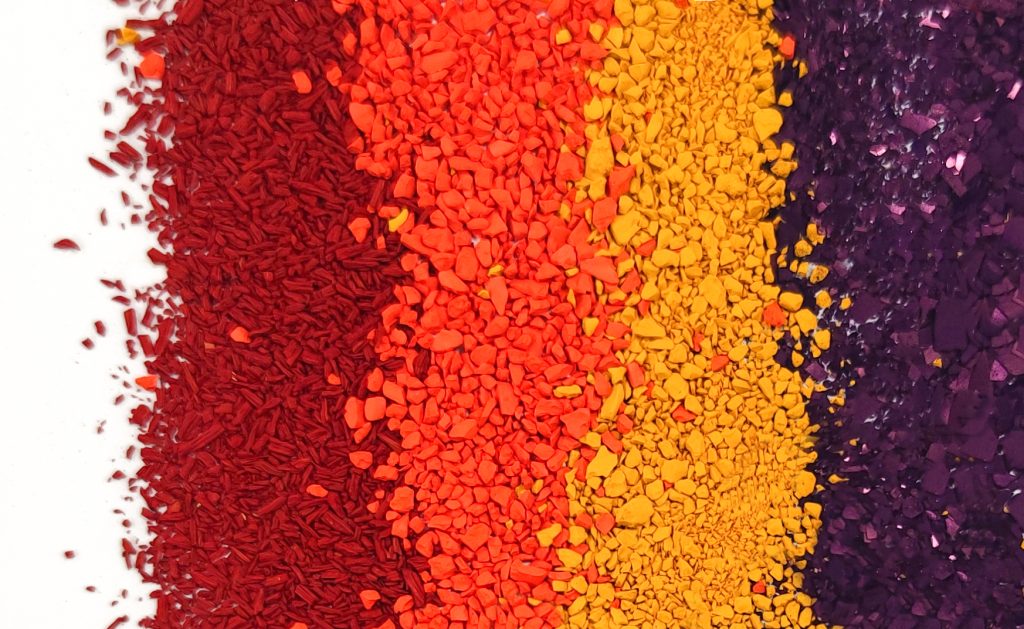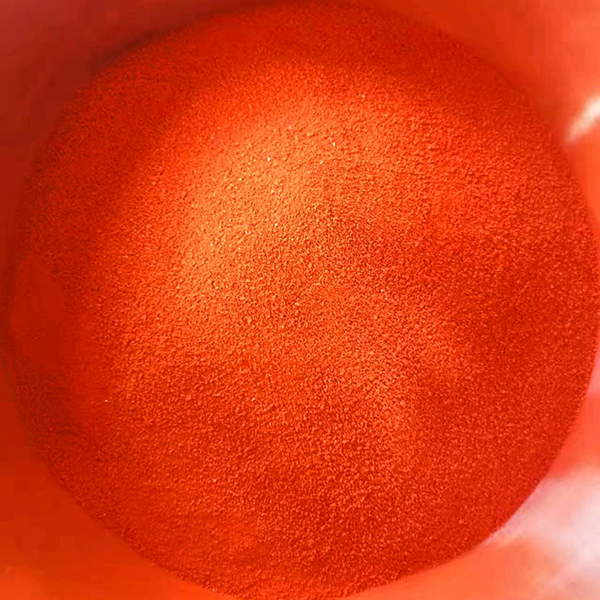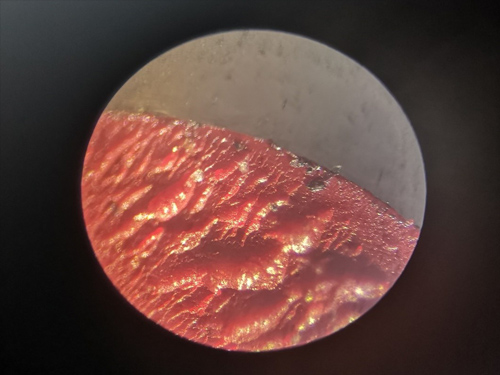- home
- pigment-preparation-advantages-and-benefits-for-plastic-application
Pigment Preparation Advantages and Benefits for Plastic Application
An effective and clean way for plastic coloring
As we know, China is one of the biggest original countries of pigments and dyes. The total annual yield of China’s domestic pigments is about 170,000 to 190,000 tons, accounting for about 45% of the global pigment production. Moreover, China also has more new capacity coming in the next 3-5 years, which will reach 280,000 to 290,000 tons as a yearly amount. Regarding color masterbatch in China, that is also raising up with an annual growth rate about 12%. Now the annual capacity of color masterbatch in China is over 1.7 million tons. However, it is so regret that China’s color masterbatch doesn’t occupy corresponding market share in exporting market, because masterbatch enterprises rarely go out even some of them have tremendous production capacity. Both Price and quality of their masterbatch limits.
According to the using tradition and price factors, we know that most of the masterbatch manufacturers are still using powder pigments, so what are the advantages and defects of powder pigments? We can find out in below figure.
|
Characteristic
|
Original Powder |
Pigment Preparation |
Liquid Masterbatch |
Color Masterbatch |
Compounding |
|
Dispersibility (spot) |
△-○ |
● |
● |
● |
● |
|
Dispersibility (rhyolitic) |
△-○ |
○ |
○ |
△-● |
● |
|
Fluff/Dust |
x |
● |
● |
● |
● |
|
Pollution |
x |
△-○ |
○ |
● |
● |
|
Metering |
x - △ |
○ |
● |
● |
No need |
|
Processability |
△-○ |
○ |
○ |
○ |
● |
|
Influence to physical property |
○ |
○ |
△-○ |
△-○ |
● |
|
Storage stability |
○ |
△-○ |
△ |
○ |
● |
|
Storage cost |
○ |
○ |
○ |
○ |
x |
|
General application |
● |
△-○ |
x |
△-○ |
x |
|
Cost on coloring |
● |
○ |
△-○ |
x-△ |
x |
|
Dosage |
0.5-1% |
0.5-5% |
1-1.5% |
2-10% |
No need |
|
Shape |
Powder |
Pellet |
Liquid |
Granule |
Granule |
●=excellent ○=good △=moderate x=not good
For the application which demands high dispersion, it is necessary to pre-disperse the powder pigment first, for example, ‘squeezing water phase’ is known as one of the traditional pre-disperse paths of organic pigment. Using this technique, manufacturers start from the pigment filter cake stage, followed with grinding, phase conversion, solvent treatment, drying and a series of processes to complete the pre-dispersion process. Polyolefin carriers such as Polyethylene wax are used as dispersing agent, so ball milling time is also very long. But the key is to add the fluidization agent in the process of heat transfer. Different products need to add corresponding fluidization agent according to their chemical structural. For example, double azo pigment needs to use the quaternary ammonium salt or metal (aluminum salts) and Salt Lake-pigments used for an acetyl amino benzene sulfuric acid, sodium hydroxide, etc. Also adjust pH and stir at any time. The process is cumbersome, and output is severely affected. For production enterprises, this is very deadly, will seriously affect the timeliness of delivery and product promotion and expansion speed.

Shapes of Preperse series
With the emergence of ‘Preperse’ series pigment preparations from PNM, we find a way to work out the above three problems. There are more than 70% pigment content in whole ‘Preperse’ series. Furthermore, the ‘Preperse-S’ series has more outstanding dispersibility which launched for polypropylene, polyester, nylon and other special applications.
Improving the pigment content means the increase of effective constituent, and the proportion of dispersants such as wax in the product is correspondingly reduced. With more effective constituent inside, our cost is closer to powdery pigment. Therefore, the cost is transparency and makes the main parameters for our price making.
Meanwhile, less wax means less migration and lower possibility of structure & mechanical property’s changing. In other words, our ‘Preperse’ series improve the dispersibility with less cost.

Preperse PE-S Orange GP
Besides, good dispersibility also shows unique value during the production. For example, Pigment Yellow 180, the performance of this pigment can meet the requirements of PP fiber, however it needs repeated pelletizing to achieve corresponding dispersibility for severe requirements. Theoretically, pigments dispersibility depend on their ‘gene’ —— even we know that the upper limit of Pigment Yellow 180 can fulfil our request for the application, but we must put in more shear force and dispersing agent to achieve the target.

Outstanding pigment dispersibility under x160 microscope

Defective pigment dispersibility under x160 microscope
Our ‘Preperse’ series is fully considering the above practical problems. In order to raise up the dispersibility, we take ‘fast and easy dispersing’ as the core concepts of product design. With the goal for full dispersibility by one time pelletizing, we made strict quality control index: All ‘Preperse-S’ series is complying with filament requirements by one time pelletizing and FPV must be lower than 1, under the condition of 1400 meshes, 60g pigment through the FPV machine (40% pigment loading masterbatch dilute to 8%).
In most cases, making masterbatch through one-time pelletizing is not enough to approach an acceptable FPV performance for strict applications, such as filament, thin film etc. The ‘Preperse’ series is one of the ideal solutions for this limitation. Benefit from the pre-disperse performance and excellent dispersibility, ‘Preperse’ pigment preparation contribute to make high pigment content mono masterbatch which obtain a pigment percentage from 40% to 50%. Even some ‘ungifted’ pigments which can’t well dispersed genetically also work out high pigment content mono masterbatch. For example, Pigment Violet 23, known as the most difficult-dispersible pigment, we generate Preperse Violet RL which contains 70% pigment value and makes fully 40% mono masterbatch, with a FPV at 0.146 bar/g (see in below picture).


FPV result of Preperse Violet RL 70% Pigment Violet 23
For masterbatch producers, they can remove the current process of making mono masterbatch or SPC but firsthand do color matching. By this way, users save more time and benefit by higher efficiency.
